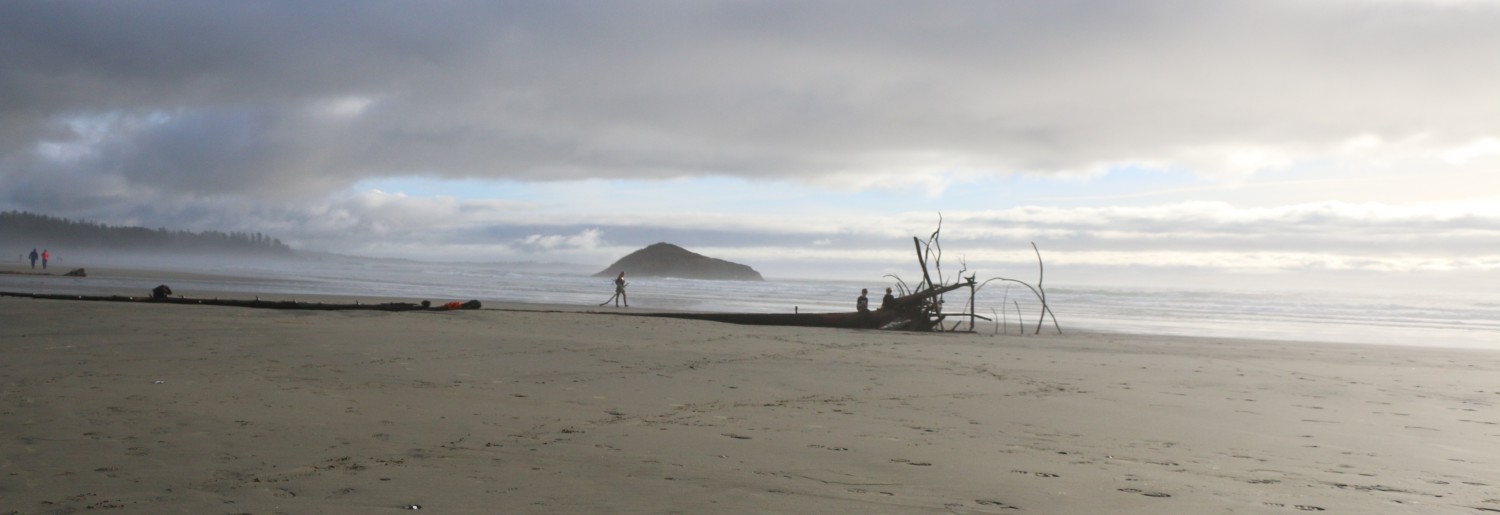Saturday, January 23, 2010 – Globe and Mail
ANNA MEHLER PAPERNY
Haiti is in many ways a nation of youth – about half the population is under 18 years old, and 40 per cent under 15; more than a tenth of the country is between the ages of 5 and 9. But its children are also among the most exploited and undereducated in the hemisphere: Half the adult population is illiterate, and an entire underclass of children is relegated to domestic pseudo-slavery.
The country’s roiled politics and perpetually dysfunctional government has left a vacuum when it comes to public education, and private schools have become a popular micro-enterprise. A paucity of national education standards makes it even more difficult for Haiti to break out of poverty because its population is so chronically undereducated.
“Businesses in Haiti constantly complain they can’t get people to work. Anyone who has skills leaves, and [businesses] are forced to bring in people from the outside,” said Carlo Dade, executive director for FOCAL, the Canadian Foundation for the Americas.
The earthquake will make these challenges even greater: It has destroyed what little infrastructure existed in terms of hospitals, schools, community centres, shelters and what scant functioning government agencies made child welfare a priority.
“It’s going to be basically zilch for the next few years,” said Barbara MacLaren, FOCAL’s labour mobility program manager.
An estimated 300,000 Haitian children are part of an informal but entrenched form of child slavery. They’re called restaveks, sent by their own families to stay with others. The theory is that their new, urban families will provide better care than their biological families, who tend to hail from far more impoverished rural areas. Education is a major motivating factor – the hope is these families will send the restaveks to school.
But what tends to happen, says David Fatherree, with the U.S.-based Restavek Foundation, is that the children become indentured servants, doing domestic work for their “owners” from birth to adulthood. And they rarely walk through a classroom’s doors.
“In some limited cases the child does get educated, does get a better life. But for the majority, they don’t,” he said.
It’s these kids who are likely the most vulnerable after the quake, he said. “They were neglected to begin with: They weren’t treated like part of the family, so in a crisis like this, they aren’t going to be the ones these owners are taking care of.”
